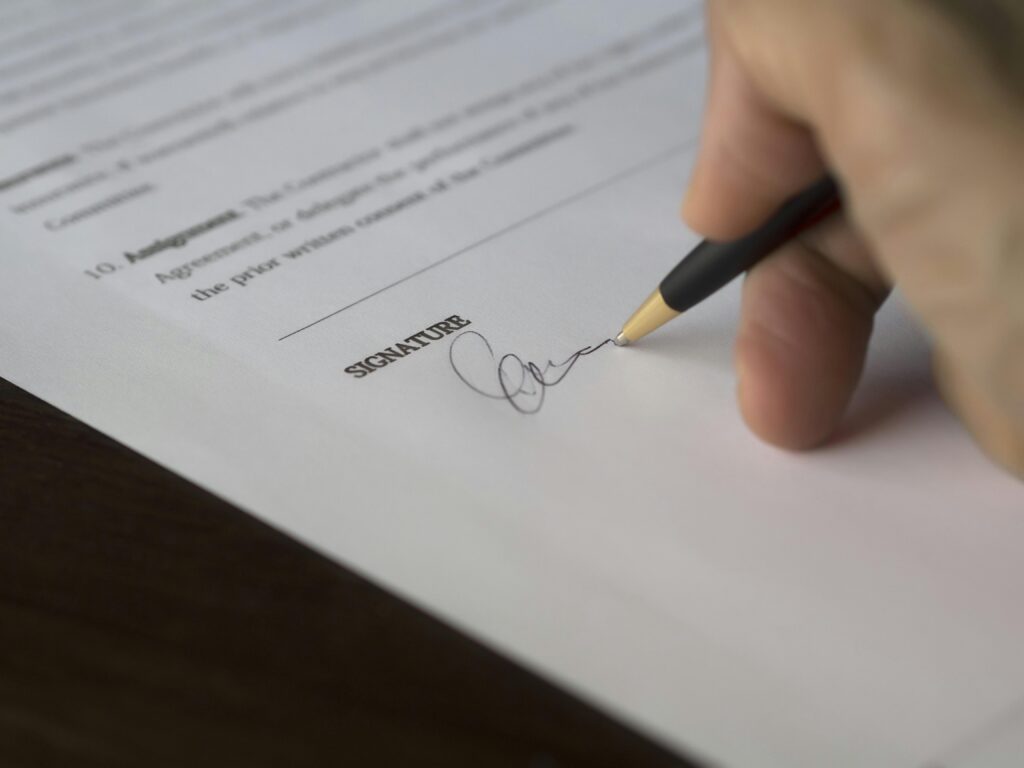Effective Boat Consignment: Tips for Success
Webpage updated in March of 2025
Consigning boats can be a profitable venture for dealers when approached strategically. Top-performing dealers often achieve gross margins of 15% to 20% on consignment sales. In contrast, some dealers settle for margins of 10% or less. Understanding and implementing effective boat consignment tips and strategies can significantly impact your dealership’s profitability.

Understanding Boat Consignment Margins
The disparity in boat consignment margins often stems from traditional commission structures. Yacht brokers, for instance, typically earn a 10% commission on sales. This model works well for high-ticket items, where a 10% commission on a $100,000 yacht yields $10,000. However, for boat dealers with average consignment prices around $10,000 to $20,000, a 10% commission results in only $1,000 to $2,000. Considering the effort required to clean, show, demonstrate, and deliver boats, such margins may not sufficiently motivate dealers or salespeople.
Adopting the Purchase Option or Net Agreement
To enhance profitability, consider implementing a Purchase Option or Net Price Agreement. This approach involves setting a net price with the customer, allowing the dealer to retain any amount above this price as commission.
Key benefits include:
- Flexible Pricing for Trade-Ins: By establishing a higher retail price, dealers can accommodate trade-in over-allowances, facilitating smoother transactions.
- Negotiation Leverage: A higher asking price provides room to offer discounts to buyers seeking deals, enhancing customer satisfaction.
- Efficient Decision-Making: For low offers, dealers can consult with owners to approve sales at reduced net prices, expediting the sales process.
- Inventory Management: If an owner’s desired net price is unrealistic, dealers can choose not to consign the unit or reassess pricing strategies after a period.
- Cost Recovery: Implementing a marketing fee (e.g., $350) for consigned boats can help offset advertising expenses across various media platforms.
Implementing Effective Boat Consignment Practices
To optimize your boat consignment process:
- Thoroughly Inspect and Prepare Boats: Ensure all consigned boats are clean, well-maintained, and ready for display to attract potential buyers.
- Strategic Marketing: Utilize multiple advertising channels, including online listings and social media, to reach a broader audience. Check out our Boat Consignment Promotional Resources for tips on marketing, pricing, and attracting serious buyers.
- Transparent Communication: Maintain open lines of communication with boat owners regarding pricing, offers, and market feedback.
- Professional Presentation: Provide detailed information, high-quality images, and, if possible, virtual tours to showcase each boat effectively.
By adopting these strategies, dealers can enhance their boat consignment sales, leading to increased profitability and customer satisfaction.
Want more insights on running a successful dealership or retail store? Subscribe to our weekly newsletter, Toolbox, and get exclusive tips on operating your dealership as well as relevant marine industry news – delivered straight to your inbox. Click here to subscribe to Toolbox.

